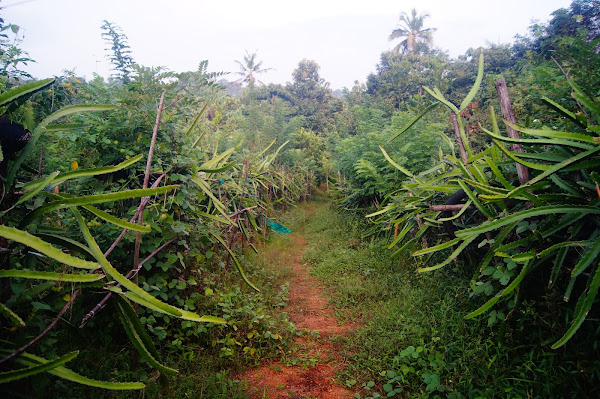Liz Pepper Gardens discuss - on buffer zone and environmental-community justice .
*VOICES
Watch here. listen to what Kulathupuzha has to say:
Navigating Dilemmas
Tribal Communities on Government's Buffer Zone Implementation and the Pursuit of Forest Justice
Tribal communities, stewards of the land and custodians of environment wisdom, find themselves at the crossroads of government policies and their inherent rights to the forest. We discuss here the complexities surrounding the implementation of buffer zones and the resulting dilemma faced by tribal communities.
The Buffer Zone Conundrum
The concept of buffer zones, as introduced by the government, aims to strike a balance between conservation efforts and human activities within forested areas. However, the application of these zones often becomes a source of contention, especially for tribal communities deeply connected to these lands. The purported purpose of safeguarding biodiversity clashes with the lived experiences and traditional practices of indigenous peoples, leading to a complex dilemma. The issue as discussed in the video is about how there is a deep sense of panic among the communities. "See these are the maps as of now, the satellite image as of now and the uncertainty is definitely inducing panic", said a local administration officer , Kulathupuzha.
Challenges to Tribal Justice
Tribal communities, with an intrinsic understanding of the delicate ecological balance, argue that the imposition of buffer zones sometimes results in the curtailment of their rights and undermines their sustainable practices. The delineation of these zones often leads to restrictions on access to essential resources, disrupting responsible forest management. This challenges the very essence of tribal justice, as the delicate equilibrium maintained by these communities faces risk.
Dilemma in Rights to Forest
The dilemma intensifies as tribal communities grapple with a profound sense of displacement within their ancestral homelands. The rights to the forest, inherent in the cultural fabric of these communities, face encroachment from external regulations. The conflict between the conservationist agenda and the tribal right to livelihood creates a palpable tension, requiring a delicate balance that respects both nature and the indigenous way of life.
Forest Farm's Perspective
As stewards of a forest farm, the endeavor is not just to cultivate land but to work on a framework and foundation of justice. The forest farm acknowledges the intricacies surrounding buffer zones and the challenges faced by tribal communities. By fostering an environment that embraces sustainable practices and indigenous knowledge, the forest farm seeks to demonstrate that conservation and cultural heritage need not be at odds.
Exploring Collaborative Solutions
The forest farm engages in dialogues with our community. It is rooted in the belief that the delicate balance between conservation and tribal rights can be achieved through inclusive decision-making and shared responsibilities. As the dialogue unfolds, the forest farm is committed to navigating the dilemma, seeking harmony in the interconnected web of nature, culture, and justice.
Also read











Comments
Post a Comment